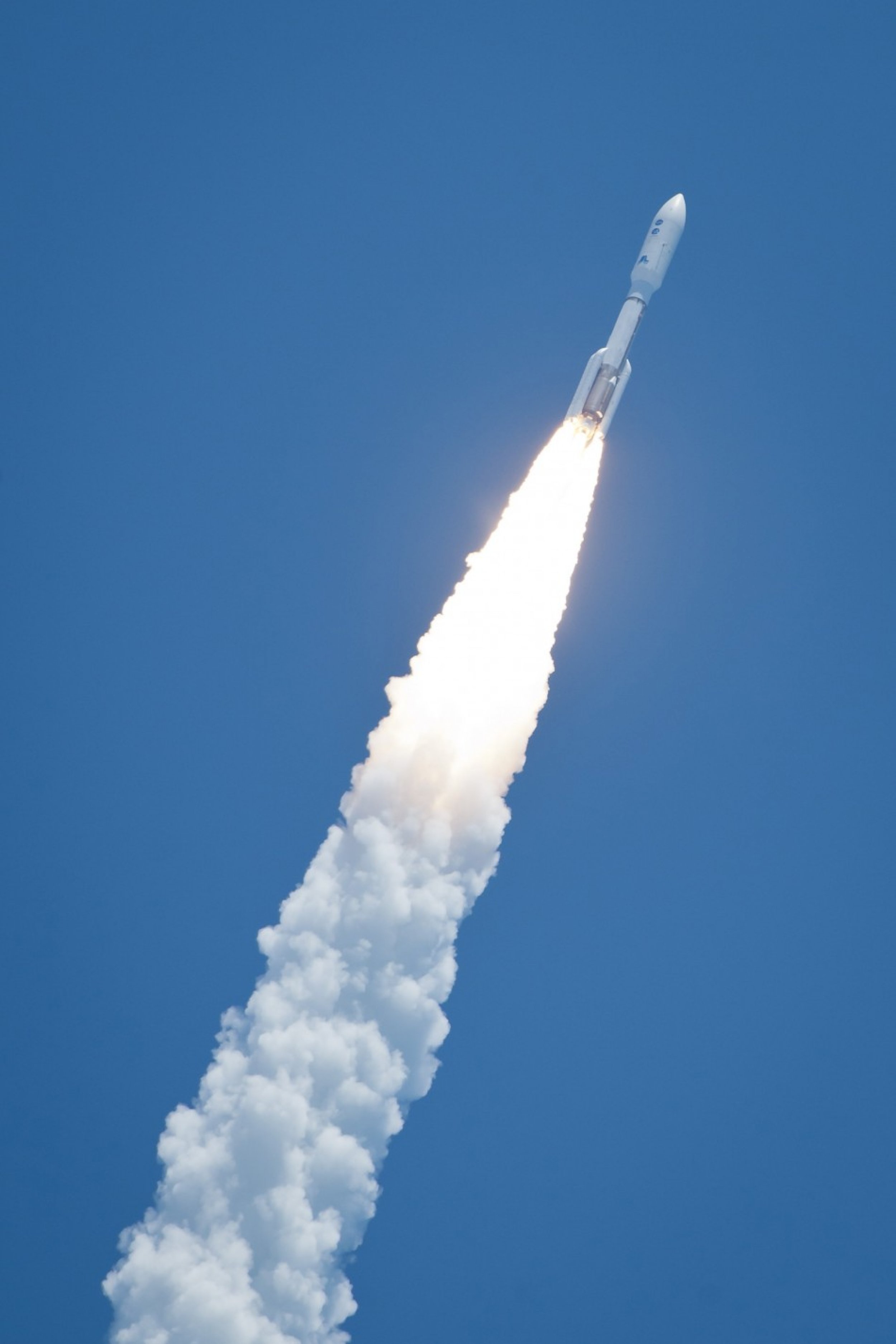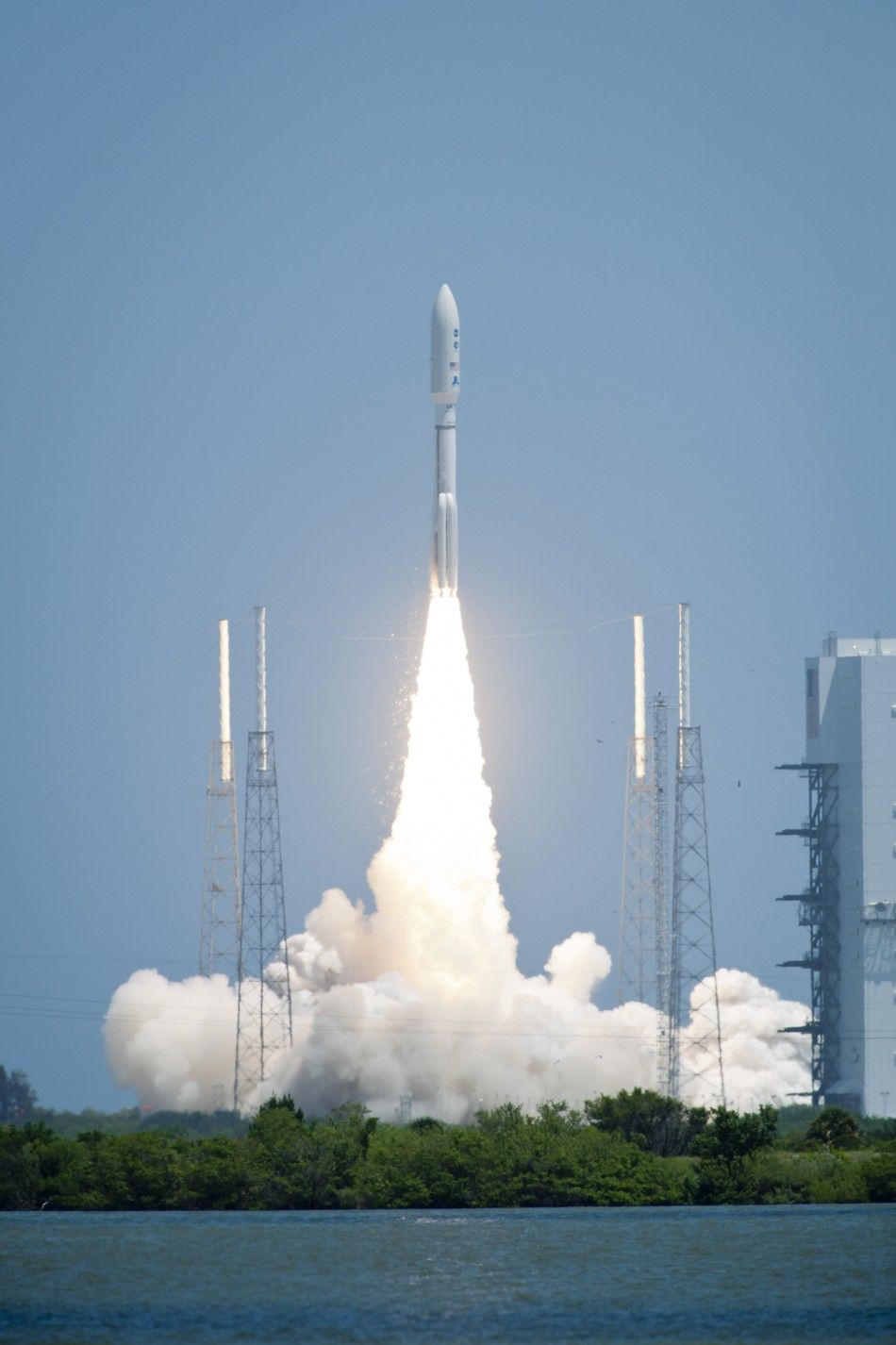Juno?s Trip to Jupiter May Yield Clues About the Sun
Each planet in the solar system holds a special meaning for scientists. Mars, for example, is combed for evidence of liquid water and life. For Jupiter, it's all about its sun-like qualities.
Last Friday, NASA launched spacecraft Juno to investigate the gas giant. Juno's journey will take 5 years and its study of Jupiter will last one year, during which it will orbit the planet and probe it with its eight science instruments.
Scott Bolton, Juno's principal investigator, went so far to say that "Jupiter is the Rosetta Stone of our solar system."
Unlike the earth and Mars, Jupiter is not terrestrial or rocky. Instead, it's a gaseous and molten celestial body that resembles the Sun in many ways.
In fact, were Jupiter 80 times more massive, it could have become a star like the Sun, according to NASA.
Like the sun, Jupiter mostly consists of hydrogen, after which helium is the most abundant matter. Moreover, Jupiter, by far the most massive planet in the solar system, has multiple celestial objects circling around it on varied orbits.
It "forms its own miniature solar system," said NASA.
The big difference between Jupiter and the Sun is that Jupiter does not give out massive light and energy; there is no thermonuclear fusion of hydrogen in its core, despite it having the correct composition for thermonuclear fusion. It simply does not have the mass and the accompanying gravity/pressure to make that process happen.
Nevertheless, Jupiter is likely the closest natural model of the solar system NASA scientists can get their hands on currently.
Jupiter "carries deep inside it the story of not only the solar system but of us. Juno is going there as our emissary - to interpret what Jupiter has to say," said Bolton.




© Copyright IBTimes 2024. All rights reserved.











